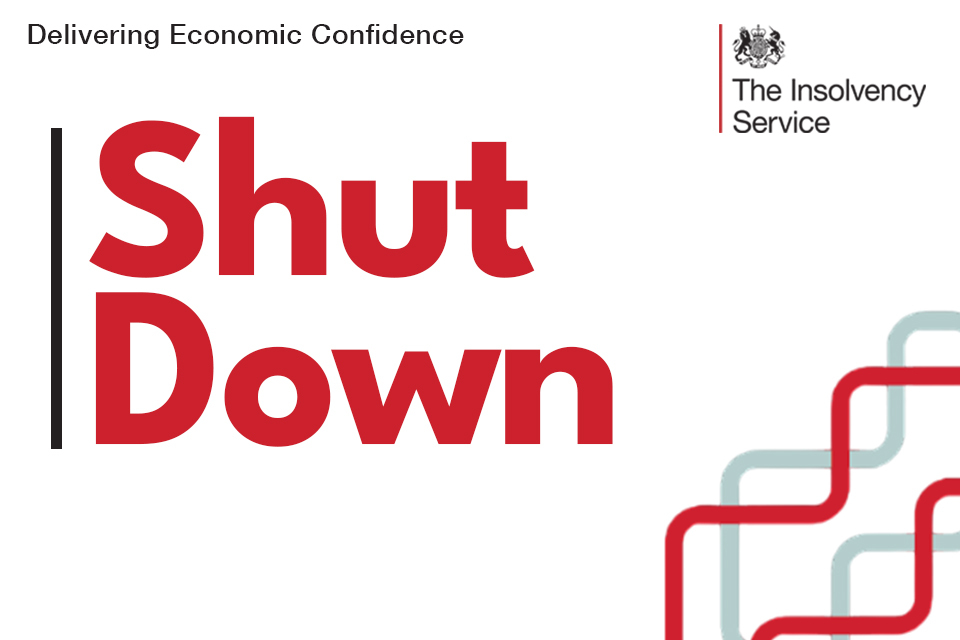Foreword
Following the Government’s recent long-term plans for the health service and life sciences sector, the MHRA is developing its future strategy to support those plans. In the period ahead, we will see these sectors change rapidly for the better with the widespread adoption of personalised medicine, driven by gene and cell therapies and Artificial Intelligence, amongst other innovative scientific techniques and technologies. Central to our role in this changing landscape is both to maintain the gold standard for patient and public safety and to facilitate expedient access for patients to the latest treatments and therapies that can offer better health and longer lives.
How then, in the years ahead, will we regulate for safety and efficacy in an age of increasing personalisation, both in terms of the scientific precision of treatments and the reasonable span of choices of individuals?
In this guest article for the MHRA, Professor Sir David Spiegelhalter, the internationally renowned expert in the calculation and communication of risk and statistics, discusses the concept of a ‘preference zone’ to frame the demands of safety, efficacy and choice in the era of personalised medicine. He draws insights from his experiences of the Covid-19 pandemic and, more recently, his perspective as a patient for whom this calculation is personal as well as professional.
I am incredibly grateful to Sir David for his wisdom, guidance and generosity
Lawrence Tallon, Chief Executive of the Medicines and Healthcare products Regulatory Agency (MHRA)
Guest blog David Spiegelhalter
In April 2021 there was growing concern about the AstraZeneca Covid-19 vaccine after serious blood clots were reported. With my colleagues Alex Freeman and John Aston, we worked with MHRA on communicating the current understanding about the vaccine. We fitted a smooth line for the risk at each age, and then compared these potential harms with benefits of similar importance, in this case avoiding admission to intensive care. The benefits depend crucially on how much virus is circulating, and we prepared a range of scenarios – this figure shows the estimates of the major benefits and harms for different age group at the ‘low exposure risk’ present at that particular period in 2021.
For older people the benefits clearly outweigh the potential harms, but for younger groups these become finely balanced.
Jonathan Van-Tam, the trusted and trustworthy Deputy Chief Medical Officer, took great care explaining the infographic on the BBC broadcast, treating the audience as responsible adults, and concluded that the vaccine would no longer be recommended to those under 30 (later raised to 40). There was no push-back from the media, and gratifyingly, the graphic was widely copied.
This could be considered as ‘stratified’ regulation, using age as a stratifier. But increasingly we are moving towards personalised medicine – in two senses. First, due to the recognition that, surprise surprise, we are all different. As the vaccine example demonstrates, we vary in our experience of both the benefits and harms of treatments. But we may also value those benefits and harms differently – the Montgomery judgement has recognised the need for personalised consent for medical procedures. Some people may be willing to take increased risks as they value the benefits so much – I have known a woman who wanted to take HRT whatever the claimed risks, as otherwise she said she would murder her husband, and she was only slightly joking.
The second form of personalisation is scientific – the targeting of therapies to individuals, say through cancer vaccines or other forms of immunotherapy.
If regulators don’t take into account both aspects of personalised medicine, it can lead to them being accused of being too defensive, with a cautious ‘one size fits all’ approach based on the worst-case scenario, only concerned with the harm that may happen when people take a treatment, but not measuring any harm of it being denied. So how can regulation adapt to an era of more individualised decision-making?
The concept of a ‘preference zone’ might be useful. There may be some interventions that carry risks that would be considered universally unacceptable. The potential harms of other treatments may be so mild that everyone would be happy to take it if necessary. But many interventions lie in the ‘preference zone’ in between these extremes, where individual attitudes to the potential benefits and harms can quite reasonably influence the decision.
There is a strong parallel in the approach that the UK Health and Safety Executive take to risk. Their ground-breaking 2001 report ‘Reducing Risks, Protecting People’ (subsequently known as R2P2) introduced the ‘tolerability of risk’ framework, and has guided their work ever since. The crucial idea is that rather than trying to make anything ‘safe’, it instead puts all threats in relation to acceptable and intolerable risks. A 1-in-1,000,000 chance of an employee being killed at work each year is considered broadly acceptable – this does not mean safe, but safe enough. But a 1 in 1,000 chance is considered intolerable for a worker, as is 1 in 10,000 for a member of the public. If the estimated risk lies between the intolerable and broadly acceptable regions, then this is only tolerable if the risks are made As Low As Reasonably Practicable (ALARP), meaning that risk-reduction measures should be adopted if they are proportionate. This framework has been very successful.
So, in summary, I think the following regulatory principles might be reasonable as we move towards more personalised medicine
- Personalised medicine requires adapting regulation to allow for variation in both potential benefits and harms, and their perceived value. One size does not fit all.
- It is valuable to think of ‘generally unacceptable’ and ‘generally acceptable’ risks, with a ‘preference zone’ lying in-between. In this zone people may reasonably differ in their decisions, due to personalised trade-offs between potential benefits and harms.
- Such a flexible system would require more intense multi-source monitoring of both adverse reactions and stratified real-world effectiveness. Fortunately, as therapies become increasingly targeted, it should allow more stringent monitoring of the specific individuals being treated.
I admit to a conflict-of-interest. I have locally-advanced prostate cancer – the treatment is going well currently, but when it starts to fail, I want to be able to access treatments that both (a) suit my feelings about the trade-offs between quality and quantity of life, whatever those feelings might be at the time, and (b) are preferably targeted towards my specific tumour, say through novel immunotherapy. I hope that the regulators will enable me to have the ‘best’ (for me) available treatment.






